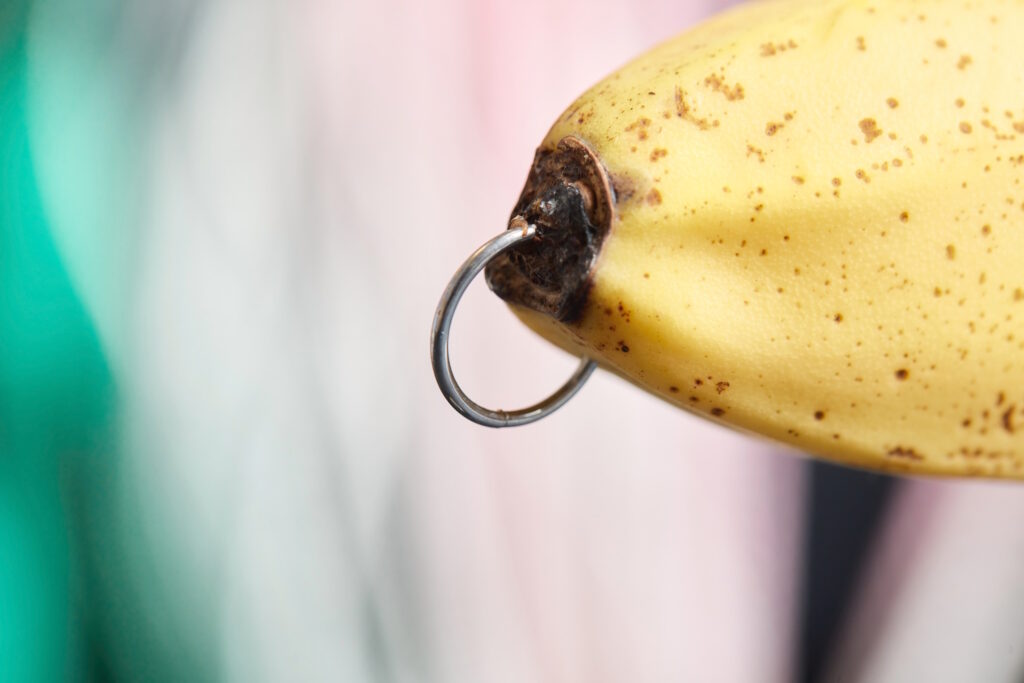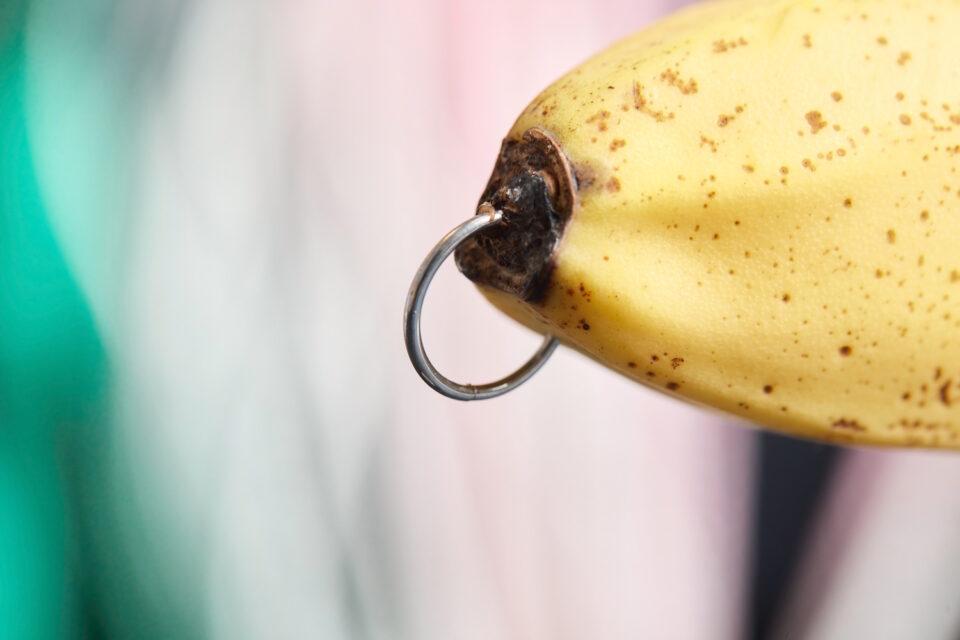Beyond Body Art: The Culture and Significance of Penis Piercing
In the expansive realm of body modification, penis piercing occupies a unique niche that transcends mere adornment. This ancient practice, which spans diverse cultures and time periods, embodies a complex interplay of beauty, spirituality, sexuality, and identity. From traditional practices in indigenous societies to contemporary expressions in urban subcultures, penis piercing serves as a powerful form of self-expression, connection, and even ritual.
Historical Context
The history of penis piercing can be traced back thousands of years. Archaeological findings suggest that body modification practices, including genital piercings, were prevalent in various ancient cultures. For instance, in some tribal societies in Africa, the practice was often linked to rites of passage and tribal identity. Similarly, in ancient India, certain piercings were associated with tantric traditions, symbolizing a deep connection between physical and spiritual realms.
A significant example of this is the Jai Bhole Nath piercing, a ritual among some Indian communities where a series of genital piercings are performed as part of a spiritual journey. In societies such as the Amazonian tribes, penis piercings have historically been a symbol of bravery and manhood, marking the transition from boyhood to adulthood.
Cultural Significance
The cultural implications of penis piercing extend beyond aesthetics. In many societies, it holds significant spiritual and social meaning. For example, in certain indigenous African cultures, genital piercings are seen as a way to express masculinity and virility, serving as a transformative rite of passage. In contrast, the practice among some Asian cultures may center around themes of balance and harmony, reflecting a desire to harmonize the physical body with spiritual beliefs.
In contemporary settings, the significance of penis piercing has evolved. It is often viewed through a lens of individualism and sexual liberation. Many see piercings not just as a form of body art but as a celebration of one’s sexuality and a rejection of societal norms regarding masculinity and sexual expression. The piercing industry’s rise over the past few decades has allowed for a broader acceptance and understanding of these practices.

Types of Penis Piercings
Various styles of penis piercings exist, each with its unique cultural or personal significance. Some of the most common types include:
-
- Prince Albert: Perhaps the most popular, this piercing goes through the urethra and exits through the underside of the penis. It has become a symbol of masculinity and sexual prowess.
- Prince Albert: Perhaps the most popular, this piercing goes through the urethra and exits through the underside of the penis. It has become a symbol of masculinity and sexual prowess.
-
- Frenum: This piercing is located on the underside of the penis, usually just behind the glans. It is often chosen for its aesthetic value and the potential for enhanced sexual pleasure.
- Frenum: This piercing is located on the underside of the penis, usually just behind the glans. It is often chosen for its aesthetic value and the potential for enhanced sexual pleasure.
-
- Dahlia: Piercing the shaft of the penis at various angles, this type has gained popularity in body art circles for its unique appearance.
- Dahlia: Piercing the shaft of the penis at various angles, this type has gained popularity in body art circles for its unique appearance.
-
- Ampallang and Apadravya: These piercings are situated horizontally and vertically through the genitalia, respectively, and are often seen as representations of the balance between pleasure and pain.
Contemporary Perspectives
Today, penis piercing is often stigmatized and misunderstood, yet it stands as a powerful testament to autonomy and individuality. In a society where body image and personal expression are continually evolving, many find that body modifications become a canvas for self-identification. For some, piercings can enhance sexual experiences, boost self-confidence, and foster a sense of community with others who share similar values.
Additionally, the rise of social media has played a pivotal role in normalizing these practices. Online platforms allow individuals to share experiences, showcase their modifications, and build networks of support. The openness with which some communities discuss their experiences leads to a greater understanding and acceptance of body modification as a valid form of self-expression.
Conclusion
Beyond body art, penis piercing encapsulates a rich tapestry of cultural significance, historical context, and personal meaning. As attitudes toward body modification continue to shift, it is crucial to approach the topic with an open mind, recognizing the variety of motivations and meanings that accompany such practices. Whether rooted in tradition, spirituality, or modern self-expression, penis piercing fosters a deeper connection to one’s body, identity, and the intricate relationship between the two. As society increasingly embraces the diversity of individual expression, the conversation surrounding penis piercing will undoubtedly continue to evolve, shedding light on both its significance and its transformative potential.
